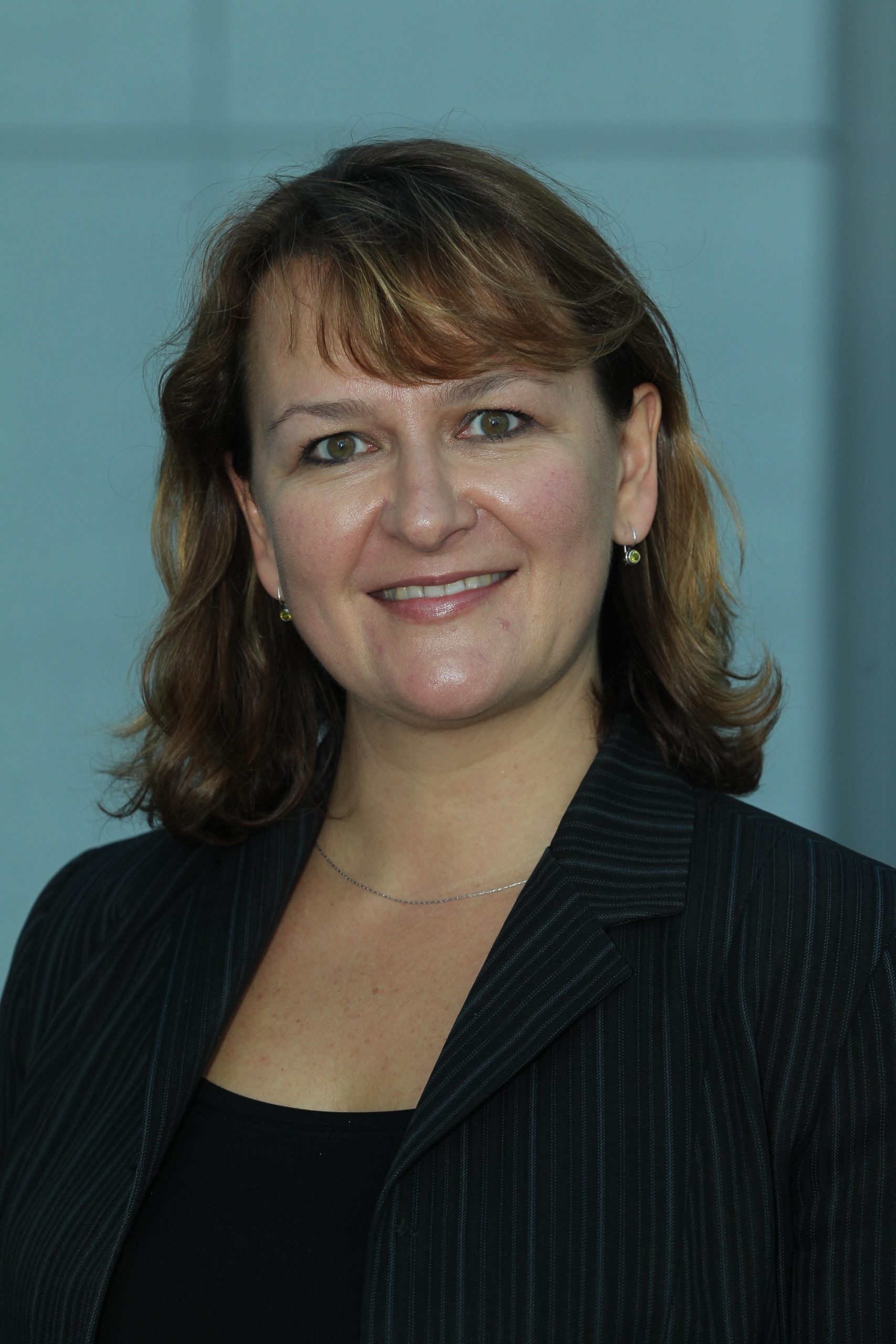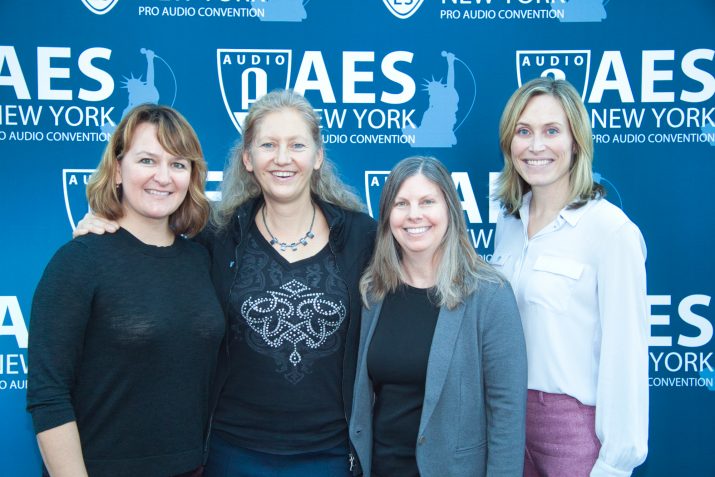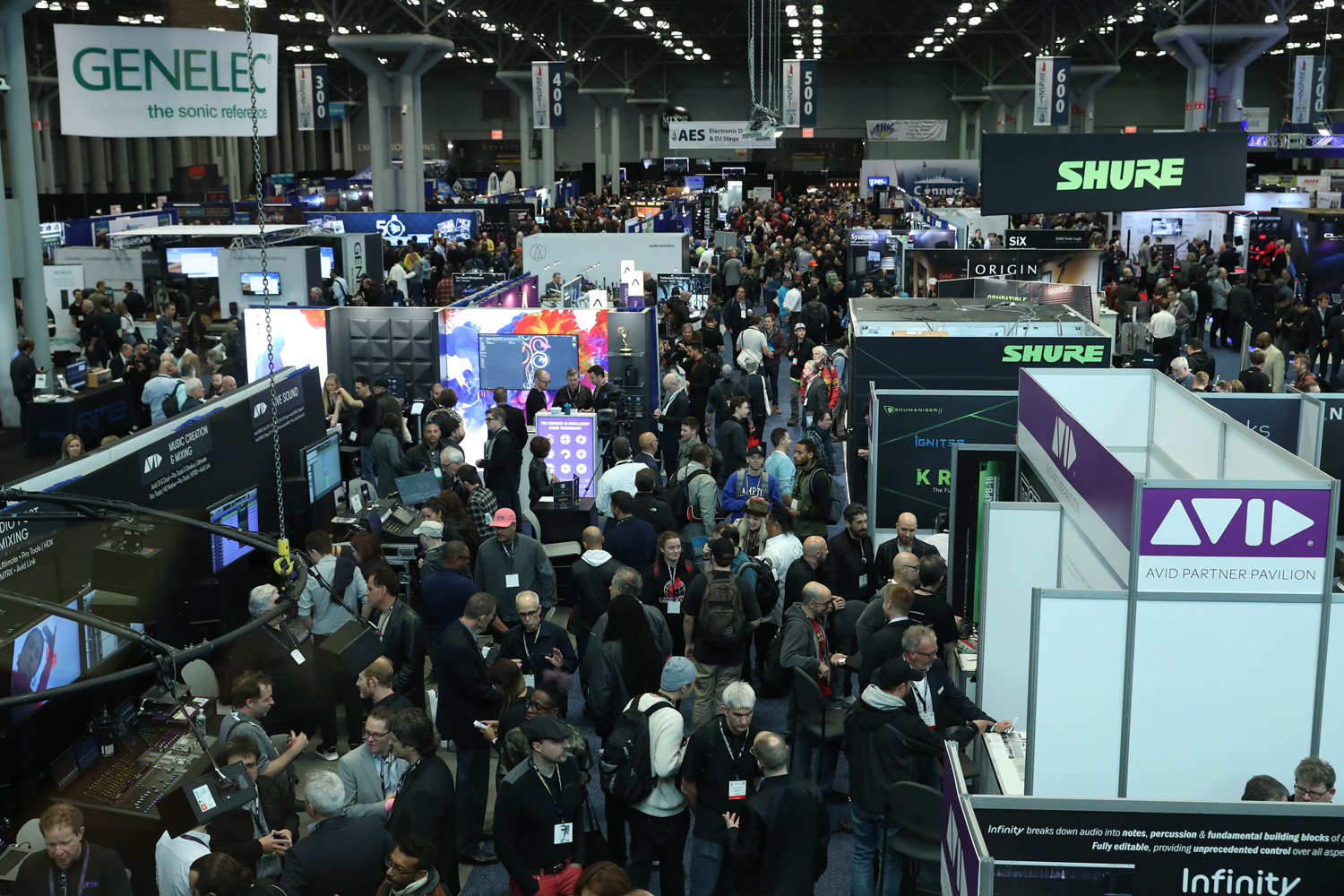AES president Roginska discusses diversity, immersive audio and COVID-19
A week in pro-audio can be a long time – especially when a global pandemic is beginning to assert its influence on everyone’s daily lives. At the time of SVG Europe’s conversation with new AES president Agnieszka Roginska, Prolight + Sound had just been postponed – it has since been cancelled outright until 2021.

Agnieszka Roginska: “One of the really positive aspects of the last few years is that the age range … is getting young and younger”
The NAB Show is among the other major industry events to have fallen victim to COVID19, while registration for the Vienna AES Europe convention in late May has been suspended – although at time of writing, the event had not actually been postponed or cancelled. Increasingly stringent controls imposed on sizes of gathering may soon mean that no trade events are possible for many months. Whatever the immediate future brings, Roginska is certain that the industry has been right to err on the side of caution to date.
“COVID-19 is a virus that we are still learning more about. So I think it is absolutely correct for everyone to be vigilant and prudent,” she said. “Of course, it’s also important that we shouldn’t be driven by fear, but cautious and carefully thought-through decisions that protect the health of the public are clearly [the best way forward].”
With regard to AES’ own schedule, Roginska confirmed that “discussions have been taking place several times each day” as to the viability of the Vienna convention and other planned events. “We are in close and continuing contact with industry partners and our representatives. We are monitoring the situation and considering all options and will make a final decision about Vienna in the near-future,” she said.
As global markets undergo the kind of tumult unseen since the dark days of the 2008 crash, it’s impossible not to be concerned about the long-term economic impact. Many businesses are likely to collapse or at least be forced to downsize in the months ahead, and Roginska does not downplay the scale of the challenges that may lie ahead: “The longer this goes on, the greater the impact is going to be on the entire supply chain. Situations of this kind are always going to be extremely difficult for individuals and companies alike, and it’s something of which [the AES] is very mindful.”
Enhancing communication
Listening and providing guidance to AES members will be critically important in the months ahead, so it’s fortunate that Roginska has already established that enhanced communication both within and without the organisation as one of the main objectives of her presidency.
“We have been having a really productive period thinking about the general issues of accessibility and connectedness, and how we leverage some of the technologies available to allow us to experience an uninterrupted flow of communication, education and networking,” she said.
Ideas are still formulating here, but Roginska ultimately envisages the development of “a better platform that makes it easier for members to connect with each other, regardless of whether it’s at conference events or online. There are tremendous resources of knowledge [within our membership] and I would like to further develop the means by which we share expertise.”
Roginska’s emphasis on the dissemination of information is unsurprising given her own

(L/R) Then AES president-elect Agnieszka Roginska with president Nadja Wallaszkovits, secretary Valerie Tyler and executive director Colleen Harper during AES New York 2019
distinguished career in academia. She currently holds two positions at New York University – vice-chair of the Music and Performing Arts Professions Department and professor of Music Technology – and in the latter role is currently conducting research into the simulation and application of immersive and 3D audio, including the capture, analysis and synthesis of auditory environments, auditory displays and applications in augmented acoustic sensing.
She has also written or contributed to publications about the acoustics and psychoacoustics of immersive audio and auditory displays, and is co-editor of the recently published book ‘Immersive Sound: The Art and Science of Binaural and Multi-Channel Audio’.
Her involvement with AES has been similarly productive. She is currently celebrating her 20th year as an AES member and has served on the AES executive committee and board of directors, the AES Educational Foundation, and the committees for Awards, Conference Policy, Education, Laws & Resolutions, and Diversity & Inclusion. Of course, the last-named subject has been a major focus for the last few presidents, and Roginska is enthusiastic about making further progress during her term.
“We have come a long way as an organisation,” she said, “and you can see this in the fact that we now have a 50-50 gender balance at the highest levels of the association: four female and four male directors. [Moving forward] we are continuing to take steps that mean we improve representation and diversity across our organisation – and when I say ‘diversity’, I mean that in its fullest sense, including bringing emerging audio fields and more diverse genres [into the fold].”
Last year’s US Convention marked a decisive step forward in this regard with extensive sessions on EDM and hip-hop. These proved hugely popular with the student participants of the convention, who helped curate their own track of competitions, mentoring and Student Delegate Assembly meetings across all four days of AES Conventions.
In addition, high school teenage attendees visiting on the Schools Day had the opportunity to find out more about the recording and mixing of these genres and were able to “come into contact with representatives of companies whose products they are already using or are likely to be using in the near-future. The whole initiative was well-received by students and is definitely something we want to do more of in the future.”

Happy days: Bustling show floor at AES New York, October 2019
The rapid development of areas such as audio for gaming means that there is a continual need to “redefine audio engineering as a term, and what we understand by it. One of the really positive aspects of the last few years is that the age range of [people thinking about entering the industry] is getting young and younger. The increased accessibility of technology means that people are learning about recording and electronic music at an earlier age, and that is hugely exciting.”
Dedicated Education and Career tracks and Schools Day programmes will continue to take place at AES events worldwide, whilst the association’s Education Committee is considering the scope for “the creation of more resources that are specifically relevant to students in college, [by which I mean] papers and videos that would educate them at a much younger age.”
Industry Relations Taskforce
Underlining her ‘communication is all’ ethos, Roginska also anticipates further developments around the Industry Relations Taskforce, which was established in 2019 with the aim of fostering closer relationships “between the industry and the representatives of the industry.
“The next thing we want to do is create a series of workshops that involve bringing in figures from the industry to discuss and present on topics that are at the forefront of everyone’s minds. We are talking here about a high level of education and the participation of individuals who can share their knowledge in a very intensive way. This initiative is still in development, but we expect to announce more details soon.”
It seems a fair bet to suggest that immersive audio could be among the featured topics. Roginska knows from her own work “quite how much activity is taking place in this area at the moment. We are seeing an incredible explosion in the number of consumer and pro-audio products in the immersive audio space.
“We are seeing an incredible explosion in the number of consumer and pro-audio products in the immersive audio space”
“The end-result is that there is going to be a much greater access to multi-channel audio production and playback than there has ever been – and a lot of the systems coming out now are very reasonably priced, which means this has the potential to be a real game-changer for the industry.”
As well as acknowledging the “tremendous potential” of immersive audio for broadcast production, Roginska highlights the opportunity that it affords to “change the entire manner in which we produce and experience music.”
Already a lot of exciting creative projects mixed in immersive audio formats such as Dolby Atmos are coming to fruition, and Roginska thinks that “we are going to see a lot of imaginative products [come to market] that further enhance our enjoyment of immersive audio.”
With the Coronavirus situation developing on an hourly basis in an increasingly alarming way, it would be understandable if Roginska admitted to some pessimism about the future of pro-audio. Instead, she believes that the “underlying health” of the industry is such that there is still plenty of cause for optimism.
“I am a very optimistic person by nature, but specifically about pro-audio I am not just optimistic but excited about where we are going in this industry. I think we are at an inflexion point in terms of what the industry could and should be doing.
“There is more and more emphasis on the quality of experience across the audio industry, and that is going to deliver some very innovative projects and products in the time to come.”

